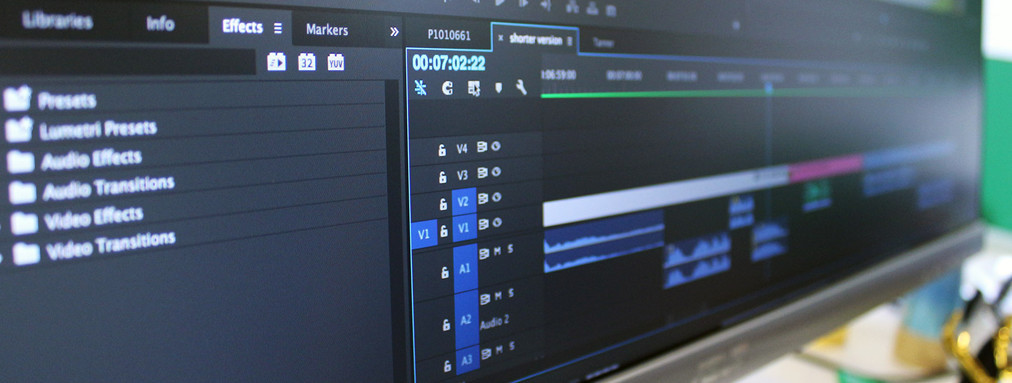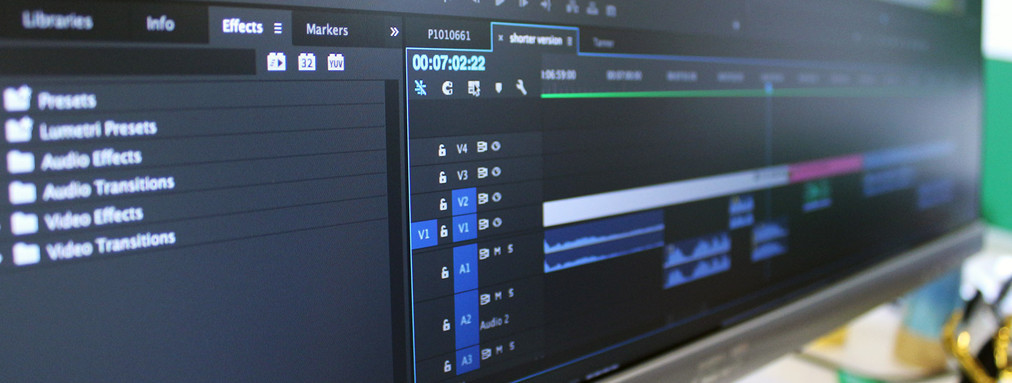Windows 10 News – Which Graphics Card is Better for Video Editing in 2019? – Hardware Guide


Windows 10
Can I Run It?
Add FPS
Compare GPU
Trailers
Windows 10
Have your say
User Review
5.12
Optimisation
10
Most Demanding
Most Demanding Score?
When it comes to video editing and rendering, wasting time is the biggest pitfall to avoid. A slow system can significantly increase the amount of time you spend waiting around, time that could be spent making more content if you had a faster PC.
A fast graphics card can significantly speed up the time it takes to render a video. Some video editing software such as Adobe Premiere Pro can also utilise GPU acceleration for more complex and intense tasks. In the world of video editing, graphics cards are time savers more than they are a necessity, utilising hardware-based acceleration to speed up workloads.
The graphics card certainly isn’t the be all, end all of video editing. Video editing is just as, if not more reliant on the CPU and you should be looking at a decent hexa-cora CPU to pair with your GPU, with as high a clock speed as feasible in your budget.
If you are only planning to edit 1080p video then this is perfectly feasible on a lower-end system. Graphics cards such as the GeForce GTX 1060 6GB or Radeon RX 580 8GB will handle 1080p video rendering just fine, although you can even get by on a GeForce GTX 1050 / Radeon RX 560.
If you are planning to edit 4K you will want a high-end video. A GeForce GTX 1060 6GB or Radeon RX 580 8GB can handle it, but ideally, you’d be looking in the region of a GeForce GTX 1070 and upwards. A CPU with a high clock speed is a must, preferably with fantastic single and multi-threaded performance. It’s expensive, but something along the lines of the Intel Core i9-9900K, or the Intel Core i7-9700K if you’re on a tighter budget.
If you want to join the slowly growing market for 8K video you will want a top-end graphics card with a lot of VRAM (video memory). Should you run out of VRAM during a render the software will default to your CPU and this may significantly slow down progress.
A graphics card such as the GeForce RTX 2080 or AMD Radeon VII would make for great 8K video rendering GPUs. They will need to be paired with powerful 12+ core processors in order to avoid bottlenecking the system. AMD’s Threadripper series represents the best bang for your buck here, and then you’ve got yourself the ultimate video editing system.
So to summarize:
Recommended Graphics Cards and CPUs for Video Editing
Video Rendering Nvidia GPU AMD GPU Intel CPU AMD CPU 1080p Entry-Level GeForce GTX 1050 Radeon RX 560 Intel Core i5-8600K Ryzen 5 1600X 1080p Optimised GeForce GTX 1060 6GB Radeon RX 580 8GB Intel Core i5-9600K Ryzen 5 2600X 4K GeForce GTX 1070 Radeon RX Vega 56 Intel Core i7-9700K Ryzen R7 2700X 8K GeForce RTX 2080 AMD Radeon VII Intel Core i9-9900K Threadripper 2950X
It’s also worth remembering there are other key components for building a video editing PC. Video editing and rendering software can pretty much take advantage of as much system RAM as you can throw at it. 8GB DDR4 is the absolute rock-bottom but you should looking at 16GB or more.
As well as RAM you will also find you need a lot of storage. Recording video for editing quickly takes up a ton of space, as do all the edits and renders. Ideally, you could use large-scale SSD storage for everything, but this isn’t always practical. If operating on a tighter budget we recommend a large hard-drive paired with an SSD that stores your OS and software.
Our Favorite Comments
7
“Hmm, from my experience the GPU isn’t that helpful in video yet. I’d invest money into a threadripper and an editing SSD before going GTX 1080 or better. A decent GPU helps speed up previewing and scrubbing around, but rendering, especially in H.264 is CPU territory. And editing from an SSD is joy…”
xquatrox –





Leave a Reply